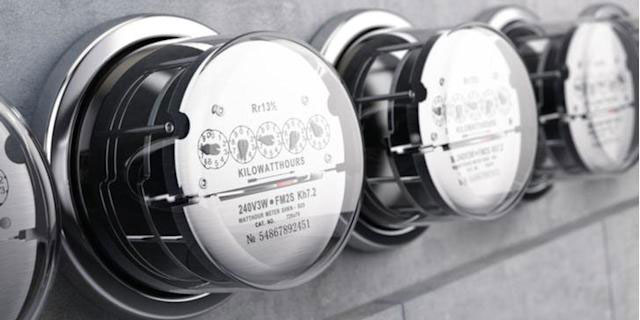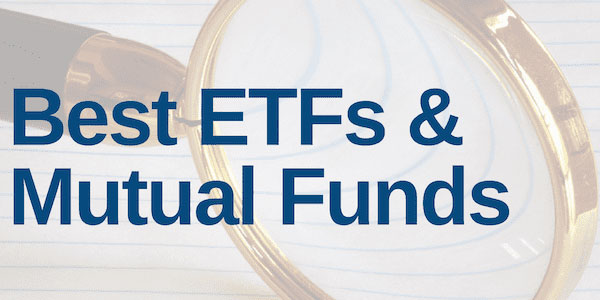
Introduction
Look for exchange-traded funds (ETFs) that offer income, growth, diversity, or some mix of these three aims if you want to purchase the finest utilities ETFs. The dividends paid out by utility companies are typically higher than average. They offer attractive rewards over the long run. In times of market volatility, they can also outperform the market. Because of this, exchange-traded funds that invest in utilities can be effective instruments in certain circumstances.
What Are the Benefits?
Investing in exchange-traded funds that focus on utilities offers investors three key benefits:

Low expenses
ETFs are managed in a way known as passive management, which means that their expense ratios, on average, are significantly lower than those of actively managed mutual funds. This provides investors interested in investing in equities within the utility sector with a convenient, low-cost, and diversified means of acquiring exposure to firms within that sector.
Income from dividends
The dividends paid by equities in the utility industry are often higher than those produced by firms in other sectors. Because of this, exchange-traded funds (ETFs) focused on utilities appeal to retail or consumer investors, particularly retirees looking to generate income from their investments.
Diversification
When an investor's portfolio lacks exposure to a particular market segment, sector funds are frequently utilised to remedy this deficiency in diversification. Utility companies are considered defensive because, as a general rule, their share prices do not experience price reductions as severe as those experienced by aggressive stocks during a bear market.
Best Utility ETFs for This Year and Beyond
The finest exchange-traded funds for utilities will offer a high yield and low expenses. When purchasing exchange-traded funds, generally, it is a good idea to seek funds that have been around for a long time and have a sizable asset base. This gives an excellent record of the fund's ability to track its index, and the high relative assets under management (AUM) allow for more liquidity. Moreover, this provides a solid record of the fund's ability to track its index. Keeping these characteristics in mind, the following exchange-traded funds (ETFs) are our picks for the top three utility investments for this year:
Vanguard Utilities ETF (VPU)
VPU is an excellent option to consider picking up if you want to maximise your profits while simultaneously minimising out-of-pocket costs. VPU follows the performance of the MSCI US IMI Utilities Index, which is comprised of around 70 stocks of utility companies in the United States, including NextEra Energy and Duke Energy. As of December 10, 2021, the yield stood at its present level of 3.0%. The expenditure ratio is 0.10%, which translates to $10 in additional costs for every $10,000 invested.
Utilities Select Sector SPDR (XLU)
XLU is the exchange-traded fund (ETF) with the most assets under management, with a total of $10 billion. The Utilities Select Sector Index will serve as the goal benchmark for the XLU product. As of December 11, 2021, the yield on XLU over 30 days was 2.93%. The percentage of total expenses is 0.12%.
Fidelity MSCI Utilities Index (FUTY)
If keeping costs down is one of your top priorities, you will like what you find in FUTY. The expense ratio for this investment is 0.08%, which translates to $8 in fees for every $10,000 invested. Similarly to Vanguard's VPU, FUTY follows the MSCI US IMI Utilities Index, which comprises 70 utility companies based in the United States. As of December 10, 2021, the yield for the previous 30 days for FUTY was 2.94%.
What To Look for in the Best Funds
Before making a purchase, it is essential to check the SEC yield of any utilities ETFs you are considering investing in. This yield is calculated using a 30-day period that ended on the last day of the month before it was based. After considering the costs associated with managing the fund, the dividends and interest collected over the period are reflected in the yield figure. This number must be reported to the Securities and Exchange Commission by funds (SEC). ETFs are passively managed, even though performance is a consideration. The results are going to be very similar to the benchmark index. This indicates that the evaluation of long-term returns is secondary to thinking of other factors.
How To Invest In The Utility Sector Using Etfs
Investing in a particular sector of the economy, such as the utility sector, is possible through sector exchange-traded funds (ETFs). The Global Industry Classification Standard is the standard that is utilised in finance to a greater extent than any other standard when separating the economy into its many sectors (GICS). This standard, which consists of 11 different sectors and 68 various assigned industries, is used by the major index providers MSCI and S&P. Index providers examine which company business lines generate the most revenue and profit for each sector before classifying any companies therein. Additionally, the posture of a corporation, as well as its reputation in the public eye, are both taken into consideration.

Conclusion
Investing in dividend-paying companies through exchange-traded funds (ETFs) focused on utilities can be wise. Because of its reputation as a defensive industry, the utility sector is an excellent investment choice during bear market cycles. Even though it is a relatively secure growth investment, it might not be your best choice. It is not a good idea to put all of your eggs in the basket of a single fund, as is the case with other focused funds that concentrate their attention on a particular industry.



